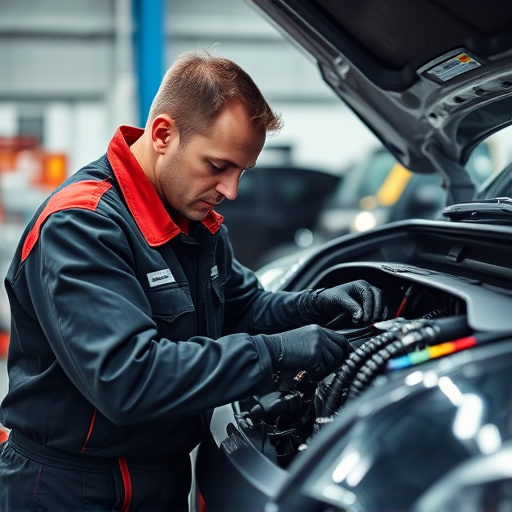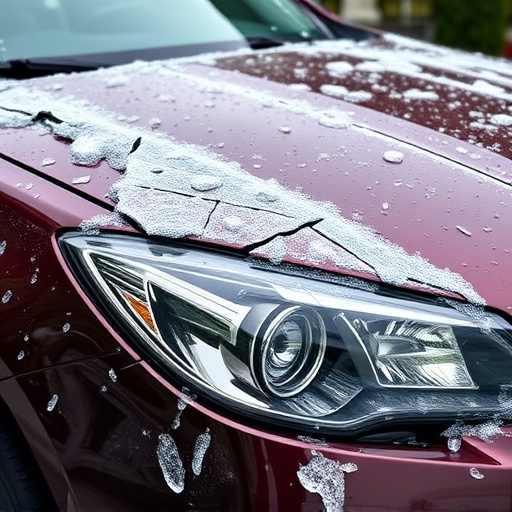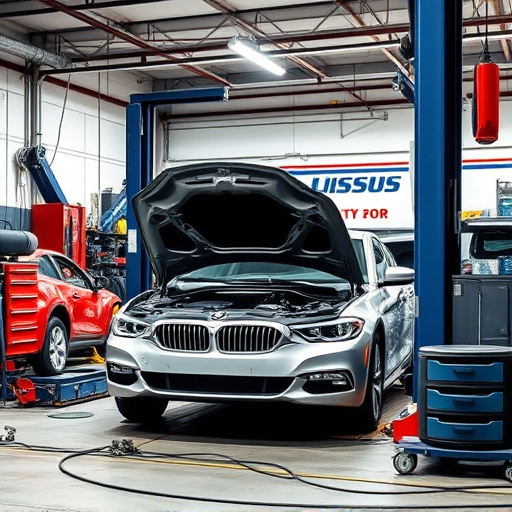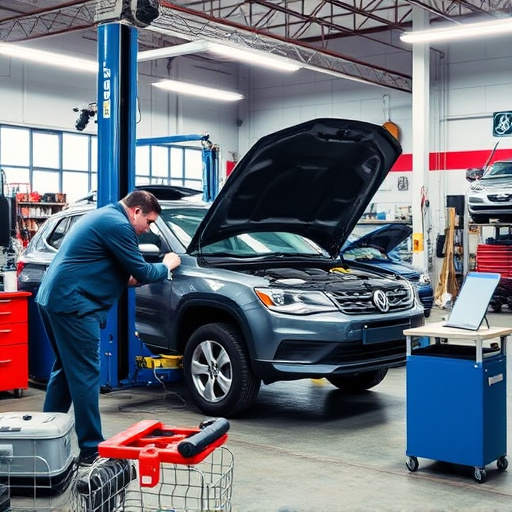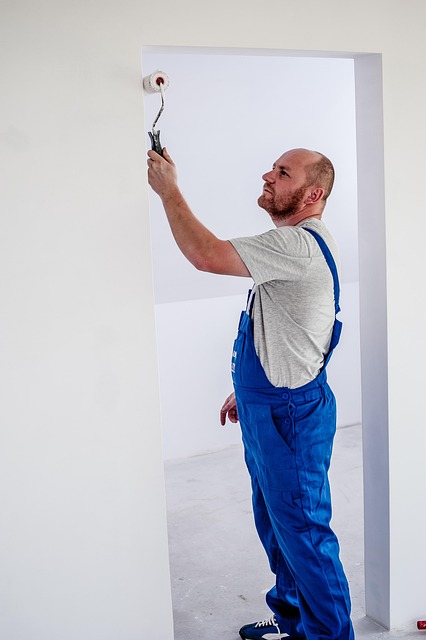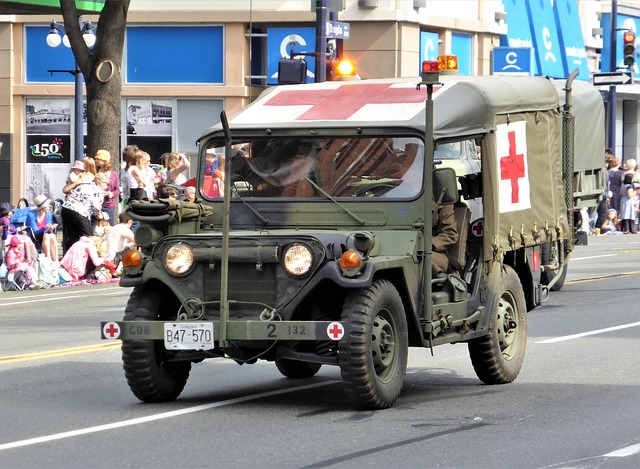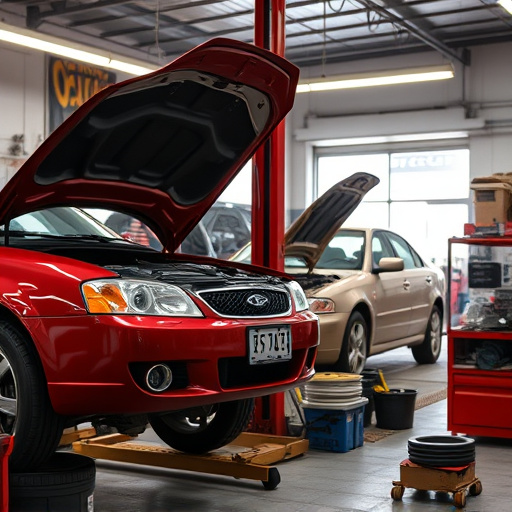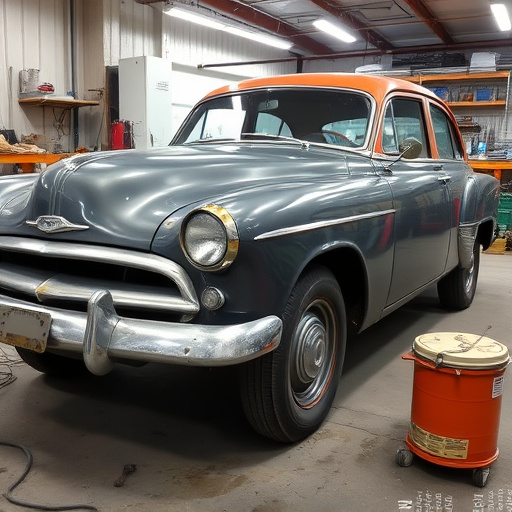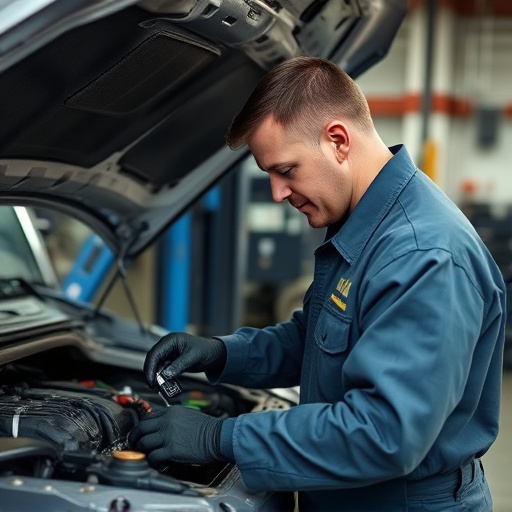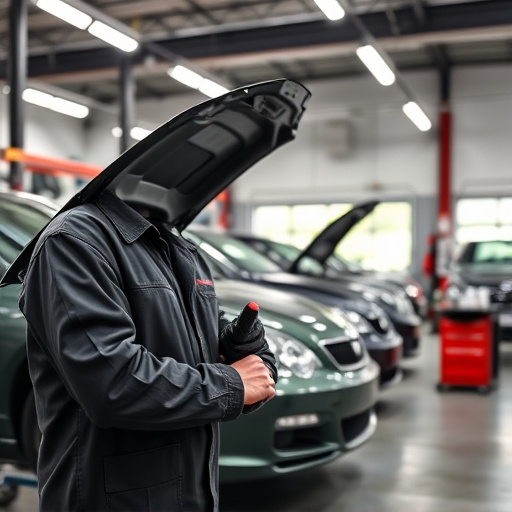Frame alignment service in insurance claims is a critical process involving skilled technicians using advanced equipment to restore vehicle structural integrity. Digitized tools and software speed up damage assessment, improve repair accuracy, and enhance communication for faster claim settlements. Best practices include standardized procedures, transparent communication, technician training, quick turnaround times, and meticulous record-keeping.
In the complex landscape of insurance claims processing, efficient frame alignment service is a game-changer. This crucial process ensures accurate and timely handling of claim submissions, leading to faster settlements and enhanced customer satisfaction. This article delves into the intricacies of frame alignment service, exploring its significance in insurance claims management. We examine how technology plays a pivotal role in streamlining this process and highlight best practices for optimal delivery.
- Understanding Frame Alignment Service in Insurance Claims
- The Role of Technology in Efficient Frame Alignment
- Best Practices for Effective Frame Alignment Service Delivery
Understanding Frame Alignment Service in Insurance Claims
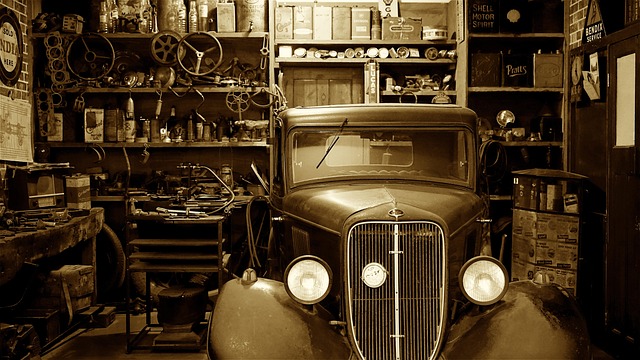
Navigating Frame Alignment Service in Insurance Claims begins with comprehending its core function. Frame alignment service, a critical component within the insurance claims process, involves meticulously realigning and restoring a vehicle’s structural framework after damage. This isn’t merely about fixing visible dents; it’s about ensuring the safety and integrity of the entire car frame, which is crucial for both passenger protection and long-term reliability.
Effective frame alignment service goes beyond basic car dent repair. Skilled technicians utilize advanced equipment to measure and adjust key components, returning the vehicle to its original manufacturer specifications. This meticulous process involves aligning suspension systems, steering mechanisms, and body panels, all while minimizing residual damage. The outcome is a vehicle that drives smoothly, handles correctly, and retains its structural integrity, making it a vital service for any reputable vehicle body shop or car bodywork services provider.
The Role of Technology in Efficient Frame Alignment
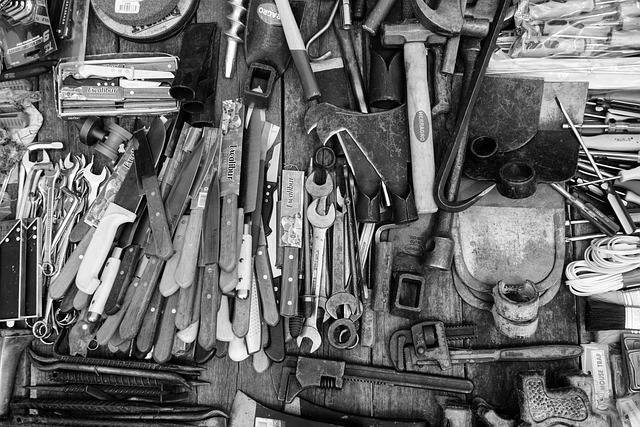
In today’s digital era, technology plays a pivotal role in streamlining many processes within the insurance claims sector, and frame alignment service is no exception. Advanced software tools and digital imaging have revolutionized how auto body repairs are handled, enabling faster and more precise assessments. These innovations allow for detailed analysis of vehicle damage, from minor fender benders to extensive crash sites, facilitating efficient frame alignment. By digitizing the initial evaluation process, insurance adjusters can swiftly generate accurate repair estimates, ensuring a smoother claims settlement experience for policyholders.
Furthermore, integrating technology into frame alignment service enhances communication between insurers, repair shops, and policyholders. Digital platforms facilitate real-time updates on claim status, repair progress, and estimated completion times, keeping all parties informed. This transparency is particularly beneficial when it comes to complex auto body repairs, such as those involving car dent repair or extensive auto painting work. By leveraging technology, the claims process becomes more efficient, reducing turnaround time and potentially expediting financial compensation for policyholders.
Best Practices for Effective Frame Alignment Service Delivery
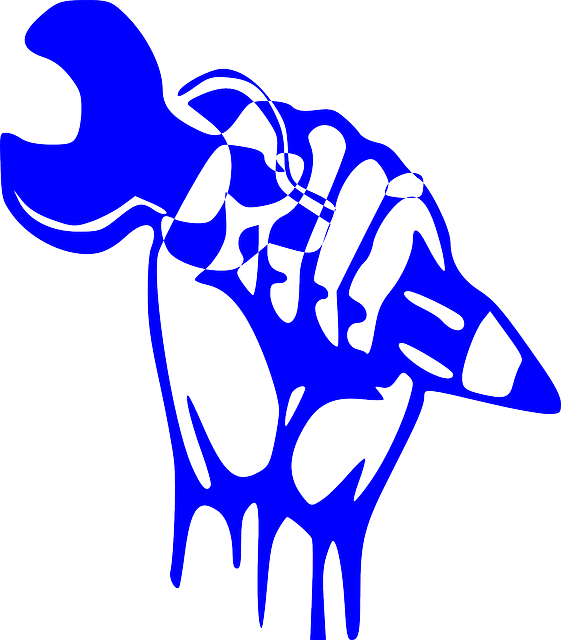
To ensure effective delivery of frame alignment service in insurance claims, several best practices should be adopted. Firstly, standardization is key; establishing clear protocols and procedures for frame alignment ensures consistency across all body shop services. This includes using industry-standard equipment and techniques to maintain precision and quality. Secondly, communication is vital. Regular updates to insurance companies and policyholders about the status of their auto bodywork and auto glass repair claims enhance transparency and build trust.
Additionally, ongoing training for technicians is essential to stay current with advancements in frame alignment technology. This enables them to offer the most accurate and efficient repairs. Timely turnaround is another critical factor; quick service not only satisfies customers but also minimizes vehicle downtime, which can be a significant cost saver for policyholders. Lastly, maintaining detailed records of each repair process is crucial for quality control, future reference, and potential dispute resolution.
The seamless integration of technology and best practices has transformed the landscape of frame alignment services in insurance claims. By leveraging advanced tools and methodologies, insurers can streamline processes, enhance accuracy, and significantly improve customer satisfaction. As the industry continues to evolve, adopting efficient frame alignment techniques will remain a strategic imperative for staying competitive and delivering exceptional service in the insurance sector.
